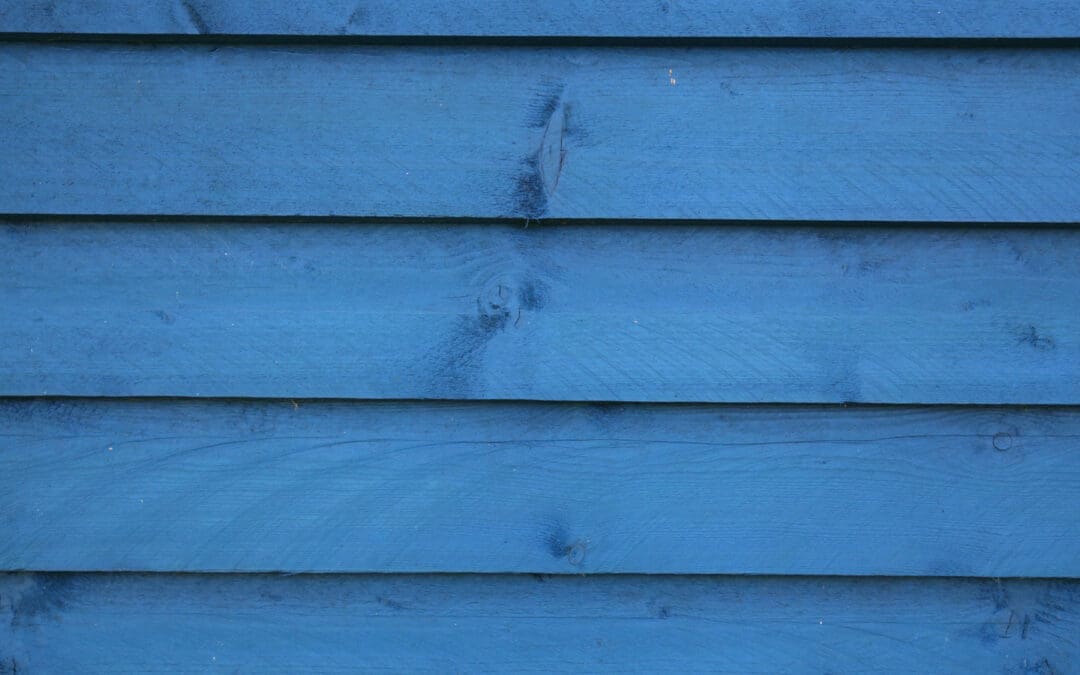How do you pick a siding type & style?
Choosing the right siding for your home is an important decision that affects aesthetics, durability, and maintenance. Start by considering your home’s architecture and desired look. Also factor in your climate; options like wood and stucco work best in drier regions. Evaluate the upfront cost of materials and professional installation if needed, as well as long-term maintenance needs. Fiber cement and vinyl cost more initially but require less upkeep than wood or stucco. Get installer recommendations and evaluate samples to see siding colors and textures in person. Combining siding types can provide visual interest too. With research and planning, you can select the ideal siding to enhance your home’s curb appeal and performance.
Table of Contents
1. Vinyl Siding
Vinyl siding is made of PVC plastic and comes in horizontal panels that mimic traditional wood siding. It’s one of the most popular types of home siding due to its low maintenance requirements, durability, and cost-effectiveness. Vinyl resists moisture, rotting, and pests. It comes in a wide range of styles and colors to suit home design tastes. Over time though, vinyl can become brittle and prone to cracking. Damaged pieces are obvious and unattractive.
Pros:
- Low maintenance
- Durable
- Cost-effective
- Variety of styles and colors
- Resists rot, insects, and fire
Cons:
- Can become brittle and crack over time
- Not as attractive texture as wood
- Produces plastic waste
- Damaged pieces are obvious
2. Wood Siding (Cedar, Redwood)
Wood siding like cedar and redwood has an attractive, natural look unmatched by vinyl or cement fiber alternatives. It provides insulation and can withstand exposure to weather and pests when properly cared for. Popular styles are shingles, lap, tongue and groove, and board-and-batten. Wood siding requires frequent repainting or staining to protect it from the elements. It can also warp, crack, and rot if moisture seeps in.
Pros:
- Attractive natural wood look
- Insulating qualities
- Withstands weather and pests
- Can be recycled/composted
Cons:
- Requires frequent repainting or staining
- Can warp, crack, and rot over time
- Not fire resistant
- Termites can be an issue
3. Fiber Cement Siding
Fiber cement siding is a composite made from cement, sand, and cellulose fibers. It provides the look of stucco, wood grain, or custom textures. Fiber cement is rot, crack, impact, and fire-resistant. It needs occasional cleaning and repainting to look its best. The siding is durable but the rigid panels can crack if the home’s structure shifts significantly. Professional installation is recommended.
Pros:
- Low maintenance
- Resists rotting, cracking and insects
- Fire and impact resistant
- Can mimic wood, stucco, or other textures
Cons:
- Heavier than vinyl or aluminum
- Brittle panels can crack
- Difficult for do-it-yourselfers to install
- Not recyclable
4. Brick or Stone Veneer Siding
For a natural stone or brick look, veneer siding offers the aesthetics and feel of real masonry. Panels are made from sliced natural stone or cast from molds. Veneer is extremely durable, fire-resistant, and needs little maintenance besides occasional cleaning and caulk replacement. Veneer is heavy though, requiring added wall framing support, and expensive compared to other options.
Pros:
- Attractive natural look
- Extremely durable
- Fire resistant
- Provides some additional insulation
Cons:
- Heavy, requires reinforced framing
- Expensive compared to other sidings
- Masonry work requires skilled installers
- Can crack due to shifting
5. Aluminum Siding
Aluminum siding is constructed from aluminum sheets formed into panels or planks. It is a very low maintenance option, resisting dents, abrasions, rot, and pests. Aluminum reflects heat well but also conducts temperature, providing little insulation. Over decades, oxidation can cause aluminum siding to fade or stain without frequent repainting. It also tends to make noticeable noises during stormy weather. Overall aluminum provides a durable facade but lacks aesthetic qualities of wood or masonry.
Pros:
- Durable and long-lasting
- Requires little maintenance
- Resists dents, cracking, peeling, and rotting
- Fire and insect resistant
- Available in a variety of colors
Cons:
- Can dent from impacts
- Poor insulating properties
- Susceptible to oxidation over time
- Can be noisy during rain or hail

